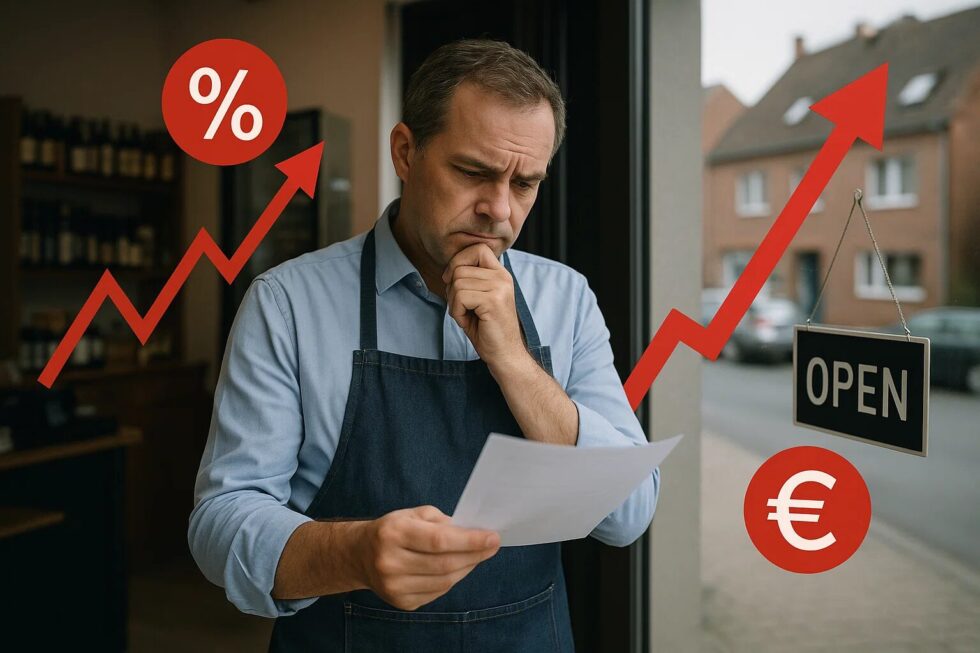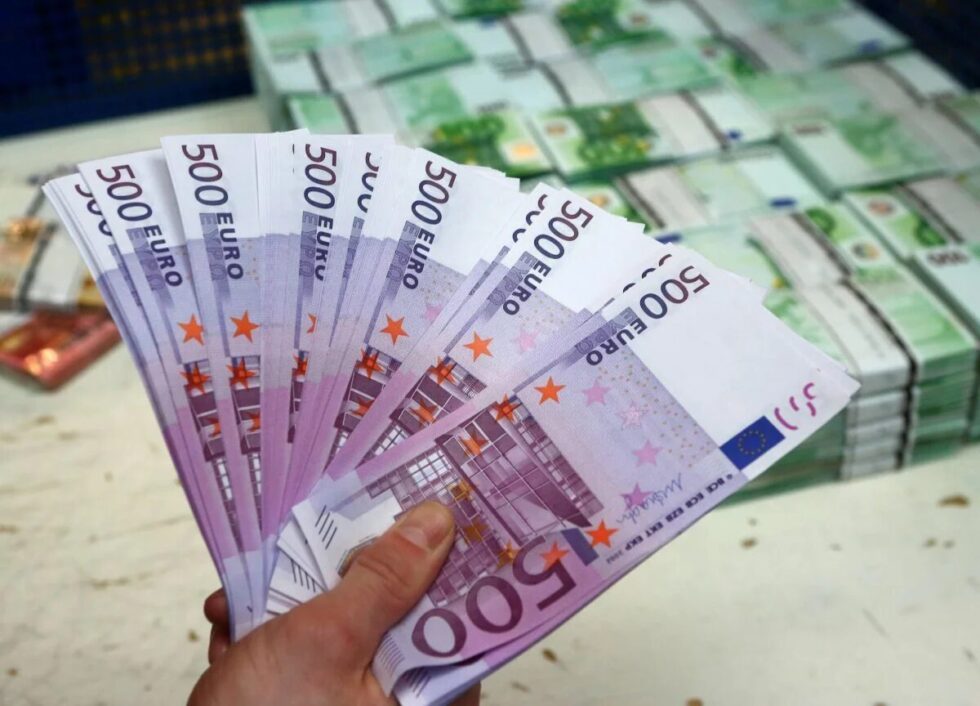Why the rise in inflation and bank lending rates threatens the survival of SMEs across Germany

Rising inflation and interest rates in Germany have recently become one of the key economic topics for entrepreneurs. Small and medium-sized enterprises (SMEs), which form the backbone of the German economy, are particularly sensitive to changes in borrowing costs and raw material prices. Bank lending rates for corporate loans have climbed to levels not seen in more than a decade, while rents and energy costs continue to put pressure on businesses. Companies are being forced to revise budgets, postpone investments, and look for new sources of liquidity. Economists warn that without strategic adaptation, many firms could face a crisis, reports G.business.
Reasons for rising inflation and interest rates in Germany
In 2024–2025, inflation in Germany has remained above the European Central Bank’s (ECB) target level. The main drivers have been higher energy prices, disrupted global supply chains, and increased government spending. In response, the ECB has repeatedly raised its key interest rate, which directly affected the cost of loans for businesses and consumers. For SMEs, this means higher working capital costs and reduced access to borrowing.
In addition, the weak euro against the US dollar has made imports of raw materials and technology more expensive, adding further pressure to production costs. At the same time, consumer demand remains unstable, making it difficult for companies to forecast revenues. In such a situation, small enterprises are in a more vulnerable position than large corporations with diversified income streams and access to international markets.
How it affects small and medium-sized enterprises
SMEs in Germany rely heavily on bank loans to finance working capital, invest in equipment, and expand their operations. Higher interest rates directly increase the cost of these loans and make them harder to obtain due to stricter creditworthiness requirements. Many banks now demand greater collateral, which can be especially challenging for young companies.
Another challenge is the rising cost of energy and commercial rents, forcing businesses either to increase their product prices or cut costs. The first option often reduces competitiveness, especially in the B2C segment where customers are highly price-sensitive. The second may result in staff reductions or abandoning modernization plans.
Sectors most affected by rising rates
- Hospitality and catering — declining customer numbers and higher operating costs.
- Retail — reduced consumer demand, especially for non-essential goods.
- Manufacturing — rising prices for raw materials and equipment.
- Construction — falling demand for housing and commercial property due to high mortgage rates.
These sectors are increasingly seeking alternatives such as leasing, government subsidies, or strategic partnerships to optimize costs.

Adaptation tools for businesses
Companies that successfully navigate crisis periods take a comprehensive approach to financial planning. First, they conduct expense audits to identify inefficiencies. Second, they diversify funding sources, including grants, crowdfunding, and venture capital.
The third step is digitalizing business processes: automating accounting, implementing CRM systems, and expanding online sales. This helps reduce administrative costs and reach more customers without large investments in physical infrastructure. In addition, more SMEs are using government support programs such as KfW-Unternehmerkredit or regional bank initiatives.
Key SME support programs in Germany
| Program | Interest rate | Loan term | Features |
|---|---|---|---|
| KfW-Unternehmerkredit | from 3.2% | up to 20 yrs | Suitable for investment and working capital |
| ERP-Gründerkredit | from 2.9% | up to 10 yrs | For startups and young companies |
| Bürgschaftsbank | Individual | up to 15 yrs | Provides guarantees for loan approval |
| Regionales Förderprogramm | from 3.5% | up to 12 yrs | Depends on region and sector |
| Mikrokreditfonds | from 4.0% | up to 5 yrs | Small loans up to €25,000 for micro-businesses |
Forecast and recommendations for 2025–2026
Economists expect that the European Central Bank will keep interest rates at elevated levels at least until mid-2026, as inflation remains above the 2% target. Energy prices are projected to stabilize but will likely stay higher than pre-2020 averages, partly due to the global shift towards renewable energy and carbon taxation. The German economy is forecast to grow modestly, with GDP increasing by only 0.7–1.2% annually, meaning demand will recover slowly.
For SMEs, this environment translates into prolonged high borrowing costs, subdued consumer spending, and continued pressure on profit margins. Export-oriented companies may benefit from a weak euro, but domestic-focused firms will need to become more agile and cost-efficient.
Recommended strategies for SMEs in 2025–2026:
- Scenario-based financial planning — Develop multiple budget projections based on different inflation and interest rate levels.
- Expand funding sources — Look into alternative financing such as crowdfunding, private investors, and European innovation grants.
- Invest in energy efficiency — Lowering energy costs through solar panels, better insulation, and efficient machinery can provide long-term savings.
- Negotiate with suppliers — Secure long-term contracts to protect against raw material price volatility.
- Leverage e-commerce and digital tools — Increase online sales channels and automate administrative tasks to reduce overhead.
- Join business networks — Collaborate with trade associations to gain access to lobbying power, joint procurement, and market intelligence.
- Focus on high-margin products or services — Shift resources towards offerings that deliver better profitability under tighter market conditions.
Stay connected for news that works — timely, factual, and free from opinion — and insights that matter now: Why Should Women in Germany Invest Differently – Key Features and Tips.